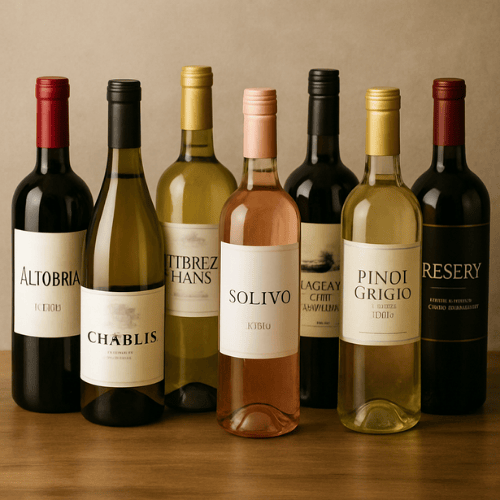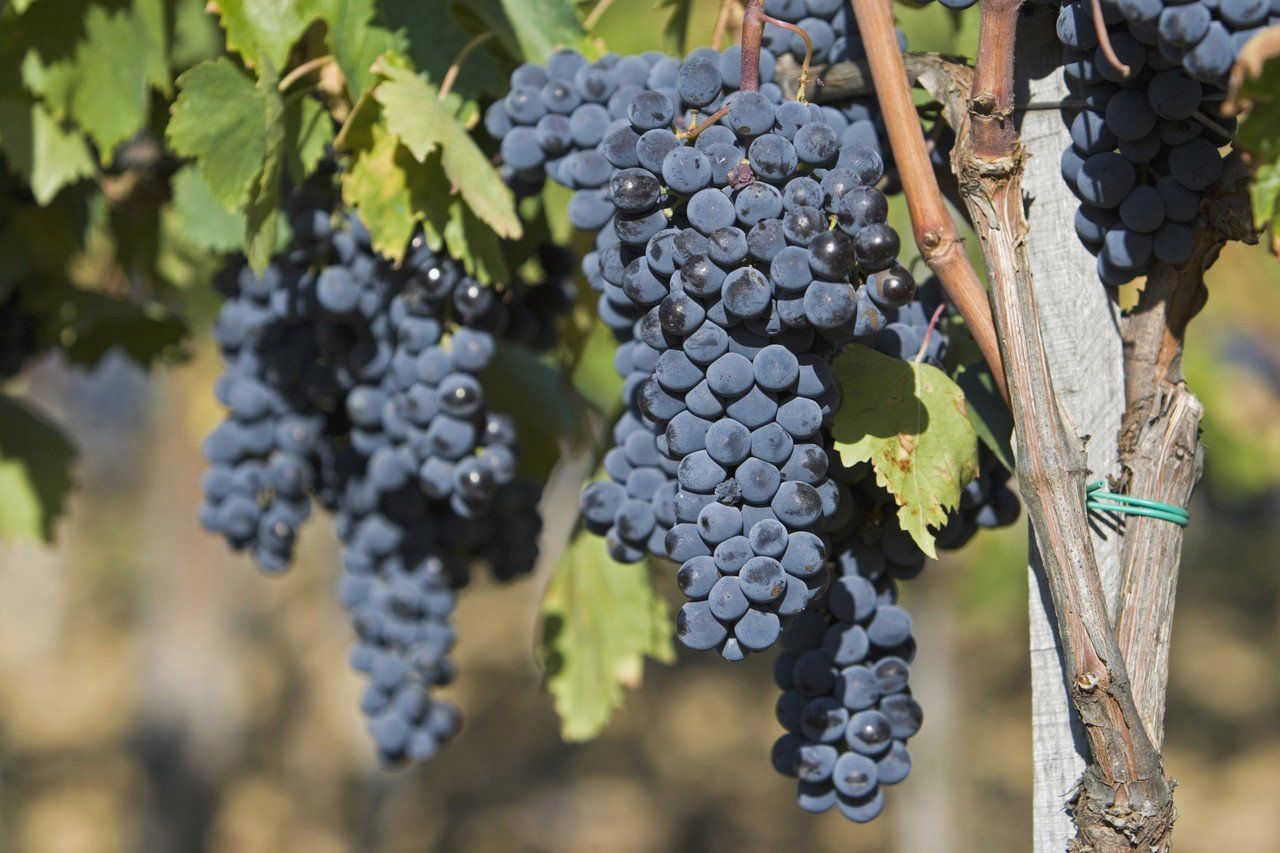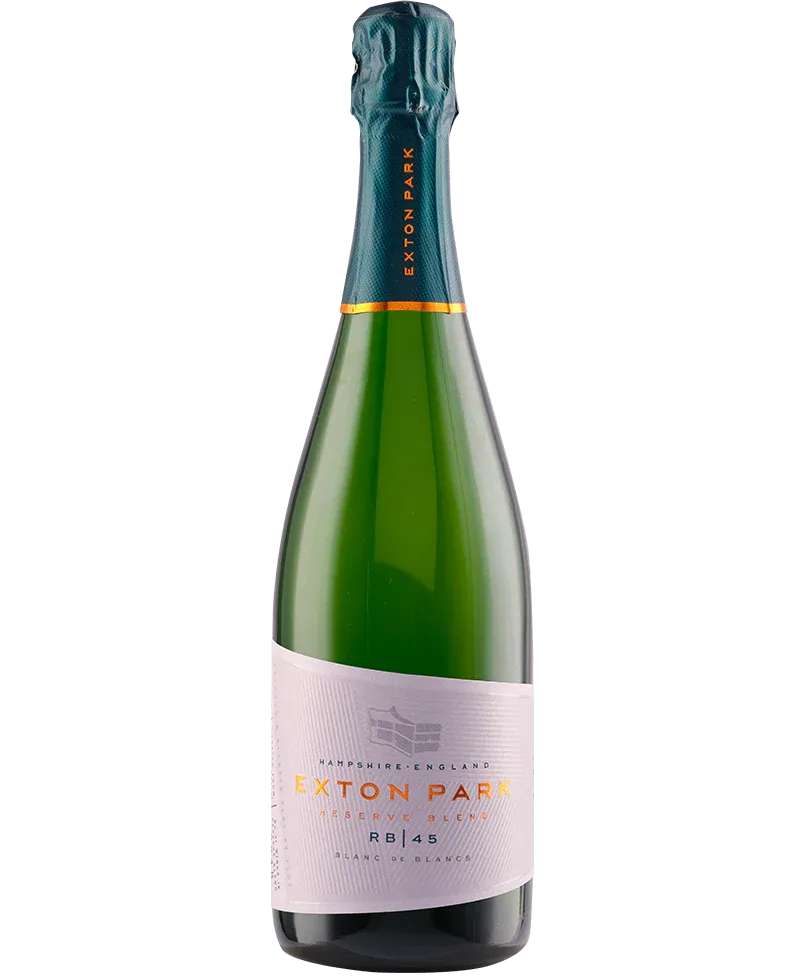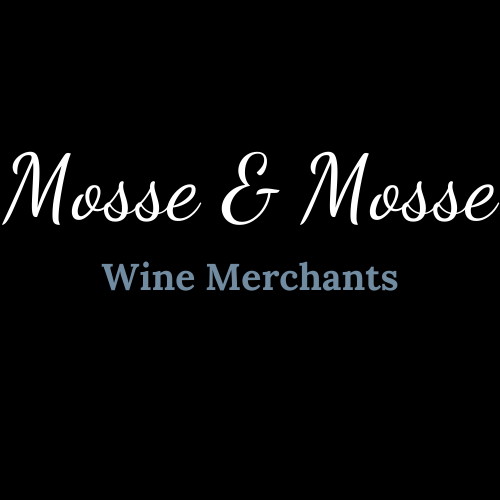How to Invest in Fine Wine in the UK A Beginner s Guide to Profitable Cellaring
What Drives Wine Investment?
Several factors make wine an attractive investment. Firstly, wine is a tangible asset, meaning you can physically possess your investment. This tangibility offers a sense of security that many intangible investments lack. Secondly, fine wines often appreciate in value over time, particularly those from well-regarded vineyards and vintages.
Historical data shows that certain wines have consistently outperformed traditional financial markets. The limited production and growing global demand for
premium wines further enhance their investment appeal. As climate change impacts wine production globally, the scarcity of high-quality vintages is likely to increase, potentially driving up prices further.
Key Players in the UK Wine Market
The UK wine market includes various players, from local wineries producing premium wines to importers bringing in globally recognized labels. The presence of renowned wine merchants and auction houses in the UK adds to the market's robustness. Understanding the key players, their offerings, and their reputation can help you make informed investment choices.
Furthermore, wine investment funds have become more prevalent, offering a managed approach for those who prefer professional guidance. Collaborating with experienced brokers and consultants can provide insights into emerging trends and lucrative opportunities within the market.
Building Your Fine Wine Portfolio

Creating a fine wine portfolio involves careful selection and strategic planning. The process is akin to curating an art collection, where each piece is selected for its potential to appreciate in value. Here are essential steps to help you build a profitable wine collection.
Research and Education
Before diving into wine investment, educate yourself about the industry. Attend wine courses and tastings to develop a deeper understanding of wine regions, grape varieties, and what makes a wine valuable. Engage with online wine communities and forums to gain insights from seasoned investors. Understand different wine regions, grape varieties, and what makes a wine valuable. Knowledge is power, and the more you know, the better equipped you'll be to make wise investment decisions. Building a network with other investors and wine experts can also provide invaluable advice and guidance.
Choosing the Right Wines
When selecting wines for investment, focus on those with a history of price appreciation. Typically, wines from renowned regions such as
Bordeaux,
Burgundy, and
Champagne are considered stable investments. These regions have established reputations for producing high-quality wines that are consistently in demand. Look for wines with high critic scores and those from
reputable producers. Consider the wine's provenance and storage history, as these factors significantly influence its future value. Additionally, exploring emerging wine regions can offer opportunities for higher returns if chosen wisely.
Diversification
Just like with any investment, diversification is key. Spread your investment across different wine regions, producers, and vintages to mitigate risks and maximize potential returns. This approach not only helps in balancing the portfolio but also exposes you to a wider array of investment opportunities. Diversifying within the wine sector can also mean exploring different styles of wine, such as
red,
white, and
sparkling, to further spread your risk. Consider investing in both established and upcoming producers to capture the full spectrum of market potential.
Wine Investment Tips for Beginners
Investing in wine can be rewarding, but it requires patience and strategy. The market can be intricate, with various factors influencing wine prices and demand. Here are some tips to help you get started.
Start Small
Begin your wine investment journey with a small, manageable portfolio. This allows you to learn the ropes without committing too much capital upfront. Starting small helps you understand the nuances of the market and develop a strategy that suits your investment goals. As you gain experience, you can gradually expand your collection. Monitor your initial investments closely to understand market behaviors and refine your investment strategy over time.
Storage and Cellaring
Proper storage is critical in preserving the value of your wine investment. Invest in a professional storage solution or a wine fridge that maintains optimal temperature and humidity levels. Wines stored under ideal conditions are more likely to appreciate in value. This ensures that your wines age gracefully and retain their market value. Consider using
bonded warehouses for larger collections, as they offer secure storage and often provide tax advantages.
Monitoring the Market
Keep an eye on market trends and track the performance of your wines. Regularly review auction results, market reports, and wine critic reviews to stay informed. This will help you make informed decisions about when to buy, hold, or sell your wines. Staying updated on industry news and attending wine auctions can also provide valuable insights. Engaging with wine investment platforms and newsletters can keep you abreast of the latest trends and potential opportunities.
The Benefits of Investing in Fine Wine

Fine wine investment offers several advantages beyond potential financial returns. The emotional and exponential aspects of wine investment can be equally rewarding.
Low Correlation with Other Assets
Wine prices typically do not fluctuate in tandem with stocks or bonds, providing a hedge against market volatility. This makes wine a valuable addition to a diversified investment portfolio. During economic downturns, wine investments have shown resilience, maintaining or even increasing in value. The unique nature of wine as an asset class can provide stability and balance to an investment strategy focused on long-term growth.
Enjoyment and Passion
Investing in wine is not just about financial gain; it's also about passion and enjoyment. As a wine investor, you have the opportunity to indulge in your collection and
explore new tastes and experiences. Building a wine collection allows you to cultivate a deeper appreciation for the art and science of winemaking. Sharing your wines with friends and family or enjoying them during special occasions adds a personal touch to your investment journey.
Avoiding Common Pitfalls
While wine investment can be lucrative, there are risks involved. Being aware of common pitfalls can help you avoid costly mistakes. The market requires diligence and a careful approach to ensure success.
Counterfeit Wines
The wine market is not immune to counterfeiting. The increasing value of fine wines has attracted fraudulent activities, making it essential to be cautious. To protect your investment, buy from
reputable sources and seek authentication for high-value purchases. Working with established merchants and auction houses can provide assurance of authenticity. Consider obtaining certificates of provenance and utilizing professional grading services to verify the legitimacy of your wines.
Emotional Buying
Investing in wine should be driven by research and market insight, not personal preferences or emotions. Personal biases can lead to poor investment choices that may not yield desired returns. Avoid making impulsive purchases based on personal taste alone. Develop a clear investment strategy and adhere to it, making decisions based on data and expert recommendations. Regularly reassess your portfolio to ensure it aligns with your long-term goals.
How to Start Investing in Wine
Ready to start your wine investment journey? Here's a step-by-step guide to get you started.
- Educate Yourself: Read books, attend wine tastings, and join wine investment forums to build your knowledge. Engage with experts and participate in online courses to deepen your understanding.
- Set a Budget: Determine how much you're willing to invest and stick to it. Consider your financial goals and risk tolerance when setting your investment parameters.
- Choose a Strategy: Decide whether you'll invest in individual bottles or invest through a wine investment fund. Explore both options to find the approach that best suits your investment style.
- Find a Reputable Seller: Work with
established wine merchants or auction houses to ensure authenticity and quality. Building relationships with trusted sellers can provide access to exclusive opportunities.
- Monitor Your Portfolio: Keep track of your wines' performance and be prepared to adjust your strategy as needed. Regularly evaluate your portfolio's performance against your investment objectives.
Conclusion
Investing in fine wine in the UK is an exciting and potentially profitable venture for beginners and seasoned investors alike. The blend of financial opportunity and personal passion makes wine investment a unique endeavor. By understanding the UK wine market, building a diverse wine portfolio, and following strategic investment tips, you can navigate the world of wine investment with confidence.
Remember, patience and research are key to unlocking the full potential of your fine wine investment journey. With the right approach, your
wine collection can become a valuable and enjoyable asset that enriches both your financial portfolio and your personal experiences.







